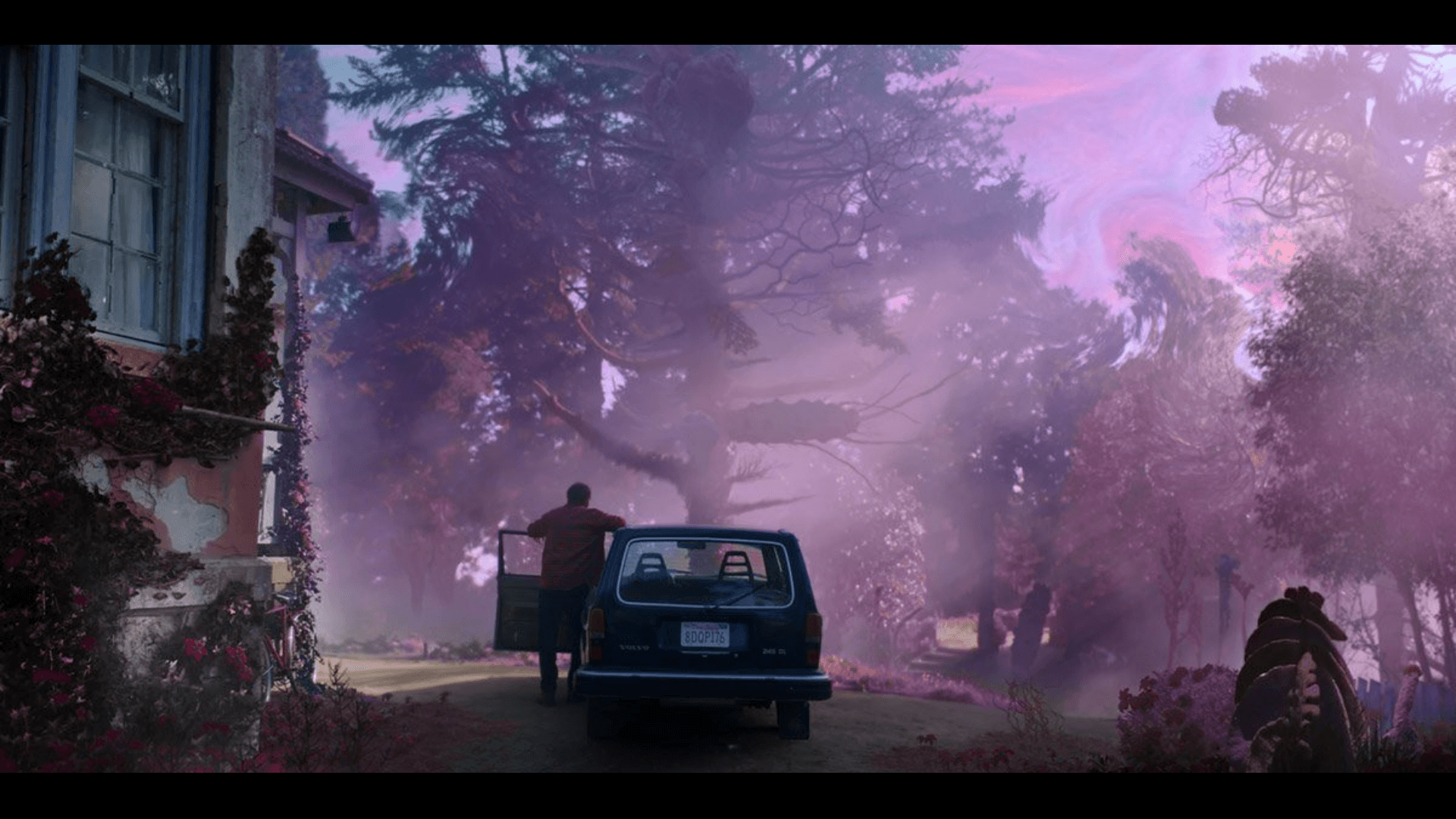

It could take an extremely long time to discover each one. Numerous enemies have the potential to drop Glyphs, but they won't do so unconditionally. Many of them serve no purpose except to amuse you, and the completest will want to have them all. Rather, some of the walls-among other things-can be destroyed, and will yield secret items. There are destructible structures in Ecclesia, and we're not simply referring to the enemies nor the candles. The appreciative villagers will make more useful items available for purchase in the shop. Find these items during your travels-they may come from enemies or treasure chests-then turn them in. When you visit them there, they'll request one or more items of you, such as a single Sage or three Iron Ore. Every time you absorb a Glyph over one's head, they're freed, and somehow make it back to Wygol Village on their own. You must find all of these imperiled folk, and the vast majority will be saved during your normal travels. Those which are of great use to you will be covered within this guide, but there are many others you can perform for fun and gain. Repeat this until you've collected as much gold as you'd like, then leave the stage and spend away!ĭuring your adventure through the imperiled world of Ecclesia, there are various side-quests and goodies to be found. You can make the best of this in five simple steps: enter the stage, destroy the candles, reap the rewards, scroll to the left, and then walk back into the room. The very first room of this stage contains two silver candelabras, and they can drop 1, 10, or 50 gold pieces. One place to exercise this tactic lies roughly a third of the way through the game, in Tymeo Mountains. Simply destroy the candles, pick up the money, leave the room, and reenter. If they drop money and not Hearts, you've found the key to riches. Perhaps the easiest and safest way is to find a small, single screen room with candles in it. Gold may be hard to come by in Ecclesia, but there are ways to beat the odds and keep your wallet full. By default, it will show your map otherwise, it will display information about your character (e.g., EXP). During gameplay only, you can change what the top screen displays by tapping the Select button. One option which isn't covered within the pause menu is the Map/Menu Screen toggle. It will create a single suspended save, and it does not overwrite your primary cache of data. If you're unable to continue playing, but don't have time to reach a save point, you can use this option.

If the default button assignment isn't your thing, you may change the configuration here. Within this sub-menu, you can configure numerous options, including sound, spoken language, and your controls. These aren't quite "guides " they're more so "data reports." They let you read in-depth information about story details in the Term List, how many times you've felled certain foes under Enemies, and more.Īs the most self-explanatory option on the list, this lets you view a map of your current whereabouts, and reports how much of the stage you've completed.

Eventually, it will let you view the villagers and how many of their quests you've completed. In the beginning, this serves no purpose. By choosing an item, you'll be asked if you'd like to use it choose Yes or No accordingly. If you have something in your inventory you'd like to utilize, enter this menu. Simply visit this menu and toggle whether the Relics are On or Off to activate them. These are essentially moves which your character can perform, and the means for doing so are written in their descriptions. They can put on head, body, and leg wear, along with two accessories. Here, you can choose which pieces of armor your character wears. These will always consume MP when used, though your Magic Points automatically replenish themselves. Further, the Glyph Union will enable you to use multiple spells at once. The default Glyph buttons are Y, X, and R. You can assign the ones you've collected to whatever button you choose. They come from many sources, and you can "steal" them from enemies who begin casting their own. This is for Ecclesia's form of magical spells. In the lower left corner of this menu, you'll notice nine separate sub-menus. In order to familiarize yourself with Ecclesia's various options, start a new game, and once you've gained control, press Start. Before we get started, we should cover some of the essentials.


 0 kommentar(er)
0 kommentar(er)
